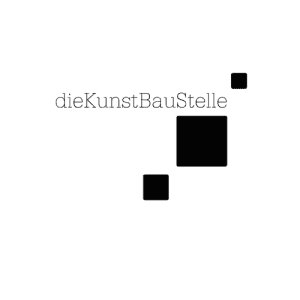Almost everyone in Landsberg will be familiar with the black panther in the Inselbad. The heavy bronze sculpture stands right next to the main swimming pool and also serves as a practical storage place for towels and swimming gear. But how did such a work of art end up in a municipal outdoor pool? How old is it and why is it there? In the near future, young people from Landsberg will be looking into these questions as part of a new project by the “dieKunstBauStelle” association.
Relic of the past
The panther is not the only relic from the past that is a natural part of the townscape. The stone inscription at the “Zum Mohren” inn also caused a lot of headaches for a long time. In the meantime, the cryptogram from 1647 has been deciphered, as you can read in the Landsberg history pages. “These objects often just stand there. They are so commonplace that people don’t normally think about historical contexts,” says Wolfgang Hauck, the initiator of the project.
This is why the new project group first wants to raise awareness of the need to take a closer look at things that seem to be taken for granted. The prerequisite for this is knowledge of local history. The pupils and young people are accompanied in their search for clues by journalist Karla Schönebeck, among others, who is preparing the historical research. In addition, there are excursions to a foundry, archives and interviews with contemporary witnesses: “Only with in-depth knowledge is it possible to establish a context between the past and the present. And,” adds Schönebeck, “with this knowledge, the participants can develop their own attitude to historical events.”
Research and artistic debate
However, it is not just about contemporary history. Hauck’s aim with the project is also to explore artistic aspects. “It’s an experiment with an uncertain outcome, as the young people are also supposed to implement their findings artistically,” says Hauck, explaining his ambitious project, which he describes as a “work in progress”. This form of qualified approach is intended to result in a multimedia exhibition in the form of texts, paintings, photography, installations and performances. The participants will be accompanied by visual artists.
“From what we’ve found out so far,” say Hauck and Schönebeck, “it’s clear that it should be very exciting.” Both are confident that, together with the young people, they will make an important contribution to historical awareness for the town of Landsberg. The fact that young refugees are also involved in this project should also be another interesting component. “It will bring a completely different perspective to the table,” Hauck is convinced.

